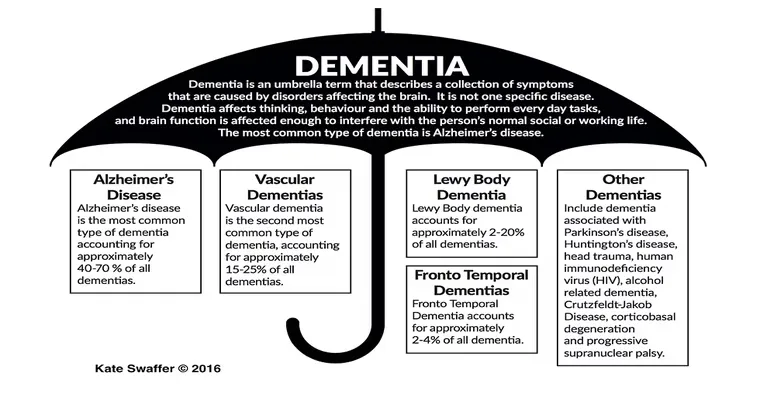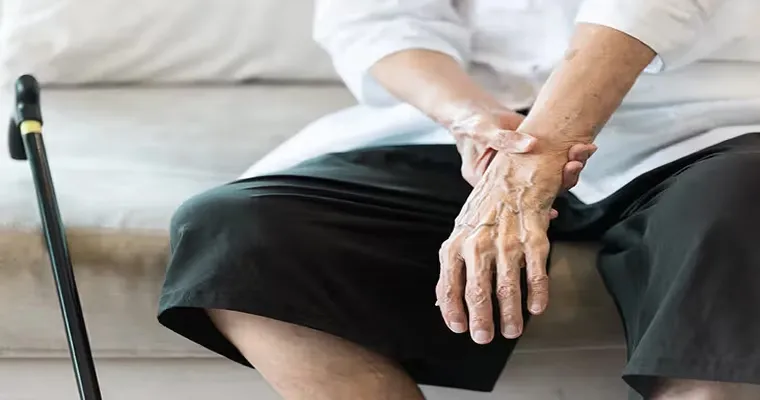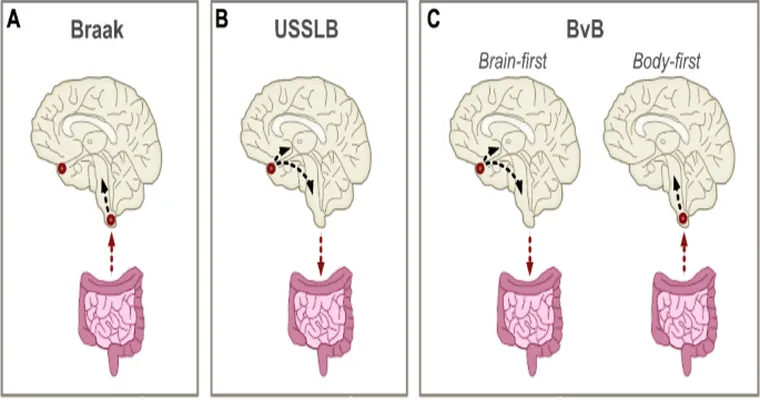Lewy Body Dementia is increasingly recognized as the "second-most common form of dementia" after Alzheimer's disease. This complex condition is characterized by the presence of "abnormal protein deposits" called Lewy bodies in the brain, which can lead to a variety of cognitive and physical symptoms. Understanding the nature of Lewy Body Dementia, its symptoms, and treatment options is crucial for both caregivers and those affected by this condition.
What is Lewy Body Dementia?
Lewy Body Dementia (LBD) is a progressive neurological disorder that affects how the brain processes information. It is often divided into two main types: "Dementia with Lewy Bodies" and "Parkinson's Disease Dementia". Both types share similar symptoms but stem from different underlying conditions. In LBD, the presence of Lewy bodies disrupts the normal functioning of neurotransmitters, which can lead to cognitive decline and fluctuating levels of alertness.
Symptoms of Lewy Body Dementia
The symptoms of Lewy Body Dementia can vary significantly among individuals, but some of the most common include:
1. "Cognitive fluctuations": Individuals may experience variations in attention and alertness, sometimes appearing confused or disoriented.
2. "Visual hallucinations": Many people with LBD report seeing things that are not present, which can be distressing.
3. "Movement difficulties": Similar to Parkinson's disease, symptoms may include stiffness, tremors, and difficulty with coordination.
4. "Sleep disturbances": People with LBD often experience disrupted sleep patterns, including REM sleep behavior disorder.
5. "Changes in mood and behavior": Depression, anxiety, and apathy are also common in individuals with Lewy Body Dementia.
Diagnosing Lewy Body Dementia
Diagnosing Lewy Body Dementia can be challenging due to its overlap with other forms of dementia and neurological disorders. A comprehensive evaluation typically includes:
A detailed medical history
Neurological exams
Cognitive testing
Brain imaging, such as MRI or CT scans, to rule out other conditions
Early diagnosis is crucial as it allows for more effective management of symptoms and planning for future care.
Treatment Options
Currently, there is no cure for Lewy Body Dementia, but various treatment options can help manage symptoms. These may include:
"Medications": Certain medications can alleviate cognitive symptoms and help with mood stabilization. However, caution is needed as some antipsychotic medications can exacerbate symptoms in individuals with LBD.
"Therapies": Occupational therapy, speech therapy, and physical therapy can help improve daily functioning and maintain independence.
"Lifestyle changes": Regular physical activity, a balanced diet, and social engagement can positively impact overall well-being.
Conclusion
Understanding Lewy Body Dementia is essential for those affected, their families, and caregivers. As the "second-most common form of dementia", LBD presents unique challenges that require tailored approaches for management and support. By raising awareness and fostering understanding, we can improve the lives of those living with this condition and ensure they receive the care and compassion they deserve. If you or someone you know is experiencing symptoms associated with Lewy Body Dementia, consulting a healthcare professional is a vital step toward diagnosis and management.





